Birds are fascinating creatures with a wide range of unique behaviors and adaptations. One intriguing behavior observed in many bird species is the consumption of gravel or small stones.
This peculiar habit raises questions about its purpose and significance in avian biology. So, why do birds eat gravel?
While it may seem unusual for birds to intentionally ingest non-nutritious substances, there are several reasons why they engage in this behavior.
From aiding digestion to providing essential minerals, the consumption of gravel serves important functions for these feathered creatures.
In this article, we will explore the reasons behind this behavior, the types of birds that exhibit it, and the potential benefits it offers to avian physiology. Join us as we delve into the intriguing world of why birds eat gravel.
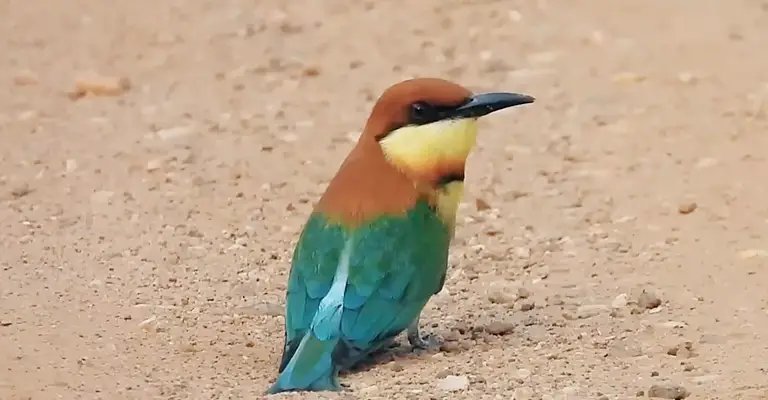
Why Do Birds Eat Gravel?
Birds eat gravel or small stones as part of their natural behavior, known as “grit consumption.” There are a few reasons why birds engage in this behavior:
Aiding Digestion
Birds don’t have teeth to chew their food, so they rely on other methods to break down their meals. When birds consume gravel or small stones, these objects help grind up the food in their gizzards, which is a specialized muscular organ in their digestive system.
The gizzard contracts and uses the stones to mechanically break down the food, making it easier to digest.
Assisting Nutrient Absorption
Some birds, particularly those that consume seeds or plant material, benefit from the abrasive action of gravel in their gizzards.
The stones help to break down tough seed coats or plant fibers, allowing the bird’s digestive enzymes to access the nutrients inside. This aids in the absorption of essential nutrients like proteins, fats, and carbohydrates.
Providing Minerals
Gravel and small stones can contain trace minerals that are beneficial for birds. These minerals, such as calcium, iron, and magnesium, may not be readily available in their primary food sources.
By consuming gravel, birds can supplement their diet with these essential minerals, promoting overall health and proper bodily functions.
Crop Function
Some birds have a specialized pouch in their esophagus called a crop. The crop acts as a temporary storage area for food before it moves into the stomach for digestion.
In certain bird species, consuming gravel or small stones helps to facilitate the movement of food from the crop to the stomach.
The stones can help break down larger food particles and aid in the overall digestion process.
Calcium Regulation
Certain bird species, such as pigeons, doves, and some waterfowl, consume gravel as a means of regulating their calcium levels. Calcium is crucial for eggshell formation in birds that lay eggs.
By ingesting gravel, these birds can obtain the necessary calcium carbonate, which is used to produce strong and healthy eggshells.
Beak Maintenance
For some birds, the act of picking up and manipulating small stones or gravel can help keep their beaks in good condition. Beaks are essential tools for birds, used for various activities like foraging, preening, and defense.
By chewing on gravel, birds can help wear down their beaks, preventing overgrowth and maintaining their beak’s shape and functionality.
What Birds Eat Gravel?
Several bird species engage in the behavior of eating gravel or small stones. This behavior, known as gastrolith ingestion, serves various purposes in their digestive processes. Here are some bird species known to consume gravel:
Pigeons and Doves
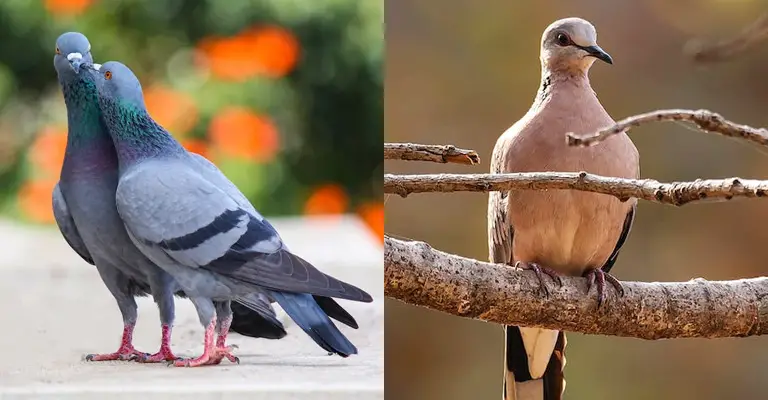
Pigeons and doves are known to eat gravel to aid in the digestion of their food. The gravel helps break down seeds and other plant material in their gizzards, which lack teeth for mechanical grinding.
Gallinaceous Birds
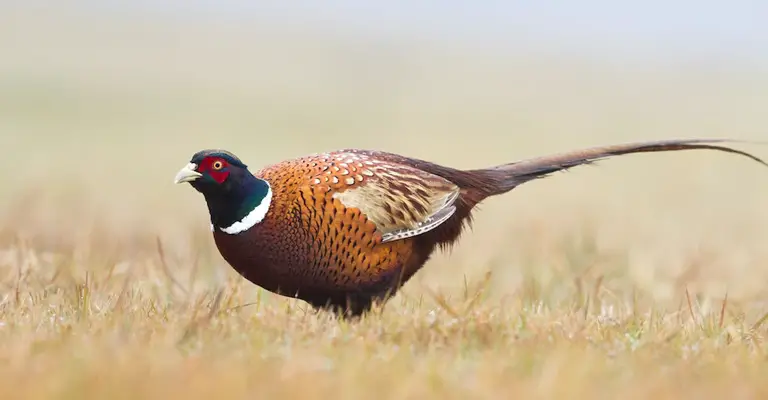
Birds in the gallinaceous family, such as chickens, turkeys, and quails, also consume gravel. These birds have muscular gizzards that require gravel to grind down their food, which often includes hard seeds and grains.
Waterfowl

Ducks, geese, and swans are waterfowl species that consume gravel. They use the gravel to help grind and break down aquatic vegetation and other food items in their gizzards.
Shorebirds
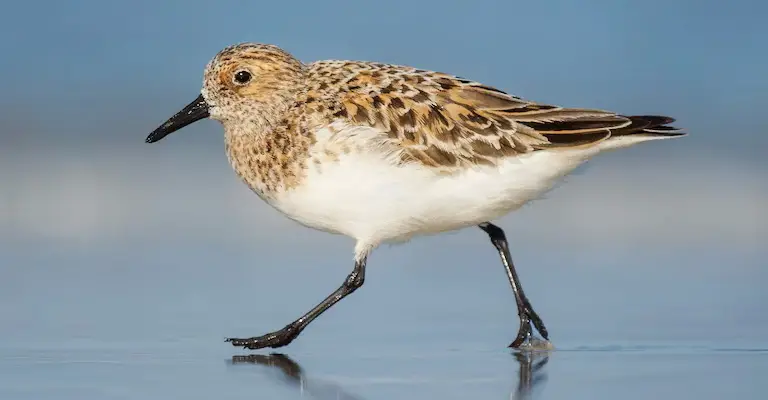
Some shorebird species, such as sandpipers and plovers, also eat gravel. They consume small stones to aid in the digestion of their diet, which often includes insects, crustaceans, and other small invertebrates.
Birds of Prey
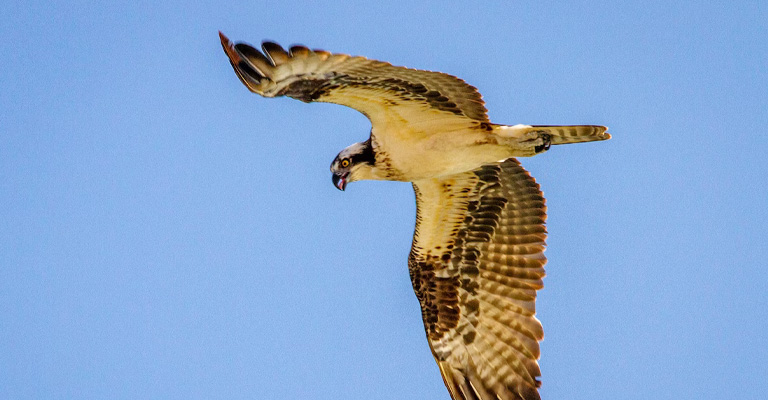
Certain birds of prey, including hawks and owls, have been observed consuming gravel. While their diet primarily consists of meat, the gravel helps them break down bones and other indigestible parts of their prey.
How Do Birds Use Gravel to Digest Their Food?
Birds use gravel, also known as grit, to aid in the digestion of their food. Here’s how they utilize gravel to support their digestive processes:
Ingestion
Birds that consume gravel intentionally pick up small stones or grit and swallow them along with their food. The gravel can be found on the ground, in water sources, or provided by humans in the form of grit feeders.
Storage in the Gizzard
The ingested gravel makes its way to the gizzard, a muscular organ in the bird’s digestive system. The gizzard acts as a grinding chamber, similar to the function of teeth in mammals.
Grinding Action
When food enters the gizzard, the muscular walls contract and squeeze against the gravel. This grinding action, facilitated by the movement of the gizzard, helps break down the food into smaller particles.
Mechanical Digestion
The gravel, along with the muscular contractions, effectively grinds and crushes the food, aiding in the mechanical digestion process.
This is particularly important for birds that consume hard seeds, grains, or tough plant material.
Enhanced Nutrient Absorption
The grinding action of the gizzard increases the surface area of the food particles, allowing for better exposure to digestive enzymes. This enhances the absorption of nutrients from the food during the subsequent stages of digestion.
Grit Replacement
Over time, the gravel in the gizzard can become smooth and worn down. Birds periodically replace the gravel by ingesting fresh grit to maintain the effectiveness of the grinding process.
What Size Stones Do Birds Eat?
Birds typically consume stones or gravel that are small enough to fit comfortably in their gizzards.
The size of the stones can vary depending on the bird species and their specific dietary needs. Here are some general guidelines regarding the size of stones that birds eat:
Pigeons and Doves
These birds often consume small stones ranging from 1 to 5 millimeters in diameter. The stones are typically smaller than the size of a pea.
Gallinaceous Birds
Birds in the gallinaceous family, such as chickens, turkeys, and quails, consume slightly larger stones compared to pigeons and doves. The stones can range from 5 to 10 millimeters in diameter.
Waterfowl
Ducks, geese, and swans consume larger stones compared to other bird species. The stones can range from 10 to 20 millimeters in diameter, roughly the size of a marble.
Shorebirds
Shorebirds, such as sandpipers and plovers, consume smaller stones similar in size to those consumed by pigeons and doves. The stones are typically less than 5 millimeters in diameter.
How Does the Gizzard Work?
The gizzard is a specialized organ found in the digestive system of birds, reptiles, and some fish. It plays a crucial role in the mechanical digestion of food. Here’s how the gizzard works:
Food Storage
After a bird swallows its food, it passes through the esophagus and enters the crop, a temporary storage pouch located near the base of the neck. From the crop, the food gradually moves into the gizzard.
Muscular Contractions
The gizzard is a muscular organ lined with thick, tough walls. It contains strong muscles that contract and relax rhythmically, creating a grinding action.
Grinding Mechanism
When food enters the gizzard, the muscular walls contract and squeeze against each other. This grinding action, combined with the presence of small stones or grit, helps break down the food into smaller particles.
Mechanical Digestion
The grinding action of the gizzard, facilitated by the muscular contractions and the presence of stones or grit, mechanically breaks down the food. This process helps to crush and pulverize the food, making it easier to digest.
Nutrient Absorption
After the food is mechanically broken down in the gizzard, it moves on to the rest of the digestive system, where further digestion and nutrient absorption take place.
Grit Replacement
Over time, the stones or grit in the gizzard can become smooth and worn down. Birds periodically replace the worn stones by ingesting fresh gravel or grit to maintain the effectiveness of the grinding process.
The gizzard’s powerful muscular contractions and the presence of stones or grit allow birds to break down tough food items, such as seeds, grains, and plant material, that would be difficult to digest without this specialized organ.
The mechanical digestion in the gizzard enhances the surface area of the food particles, aiding in the subsequent stages of digestion and nutrient absorption.
FAQs
If birds don’t have access to gravel or stones, their ability to effectively grind and digest their food may be compromised. This can lead to difficulties in breaking down tough food items, such as seeds or grains, and extracting nutrients from them.
Birds typically select stones or gravel that are smooth and rounded, as these are more effective for grinding food in their gizzards. They avoid sharp or jagged stones that could potentially cause injury or damage to their digestive system.
Not all bird species consume gravel for digestion. The need for gravel or stones in the digestive process varies among bird species.
Birds that primarily consume hard seeds, grains, or tough plant material are more likely to engage in gizzard grinding and consume gravel.
Birds that rely on gravel for digestion may face challenges if they don’t have access to suitable stones or grit. However, some birds have adaptations that allow them to compensate for the lack of gravel.
For example, certain species may have specialized digestive enzymes or alternative mechanisms to break down tough food items.
In some cases, birds may consume alternative substances that serve a similar purpose to gravel. For example, some birds may ingest small shell fragments or bone fragments to aid in digestion.
Final Words
The habit of birds consuming gravel is a fascinating aspect of their behavior. While it may seem puzzling at first, this behavior serves important purposes in their physiology and survival.
From aiding digestion by grinding food in their gizzards to providing essential minerals and aiding in the formation of eggshells, the consumption of gravel plays a vital role in the lives of many bird species.
By understanding this behavior, we gain a deeper appreciation for the intricate adaptations and strategies that birds have developed over time.
So, the next time you come across a bird pecking at gravel, remember that there is a purpose behind this seemingly peculiar act. It is just one of the many wonders of the avian world that continues to captivate and intrigue us.